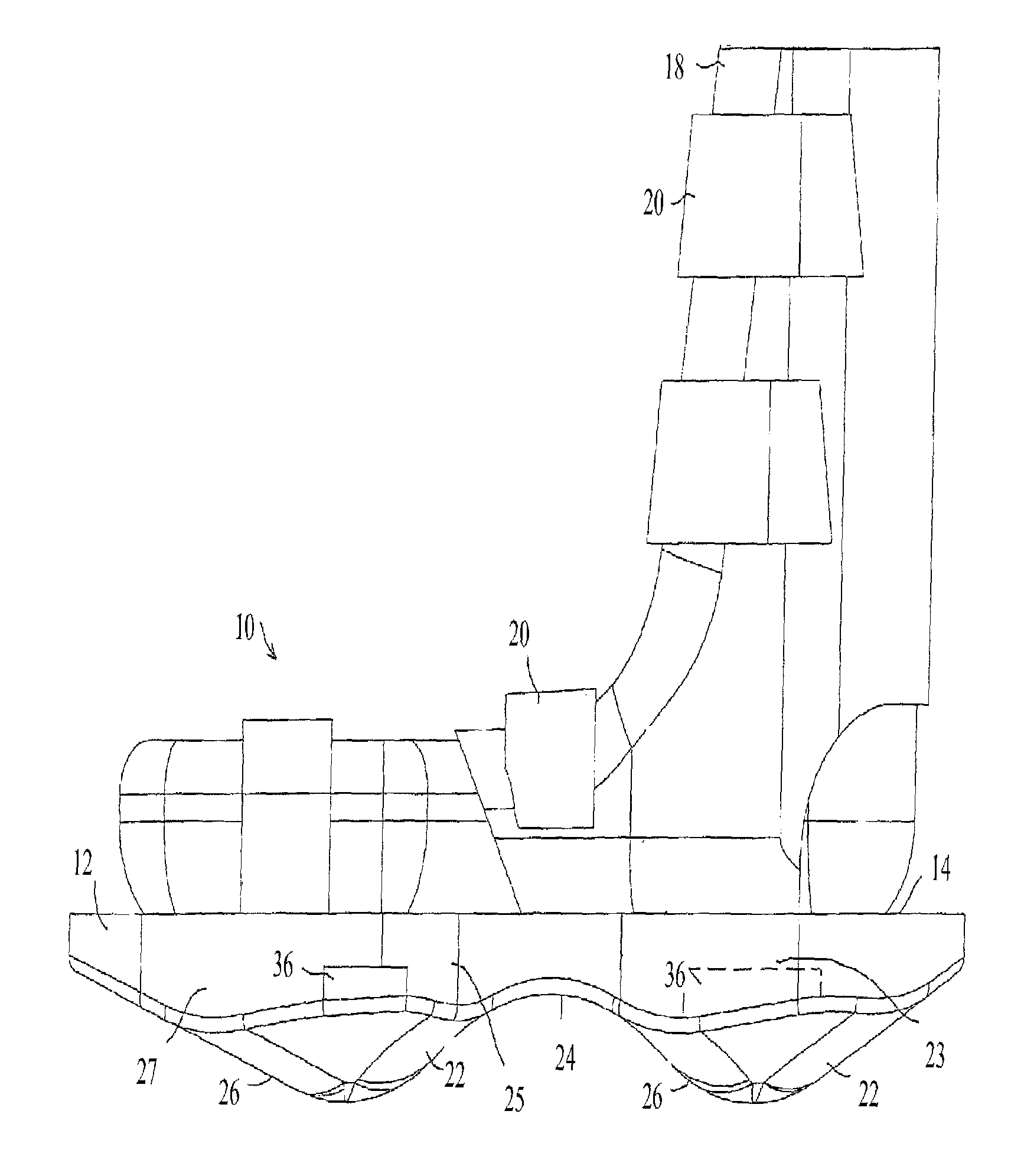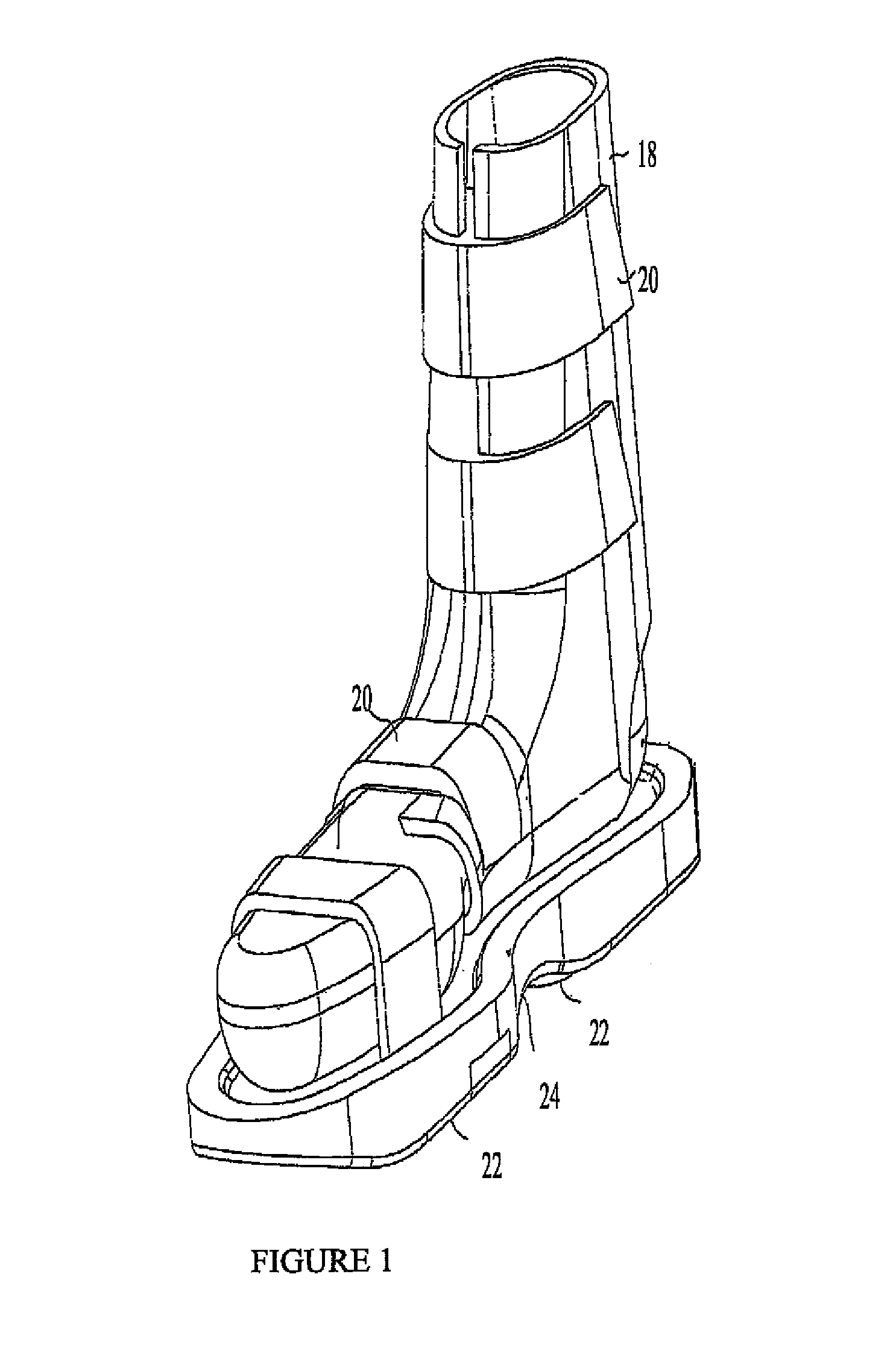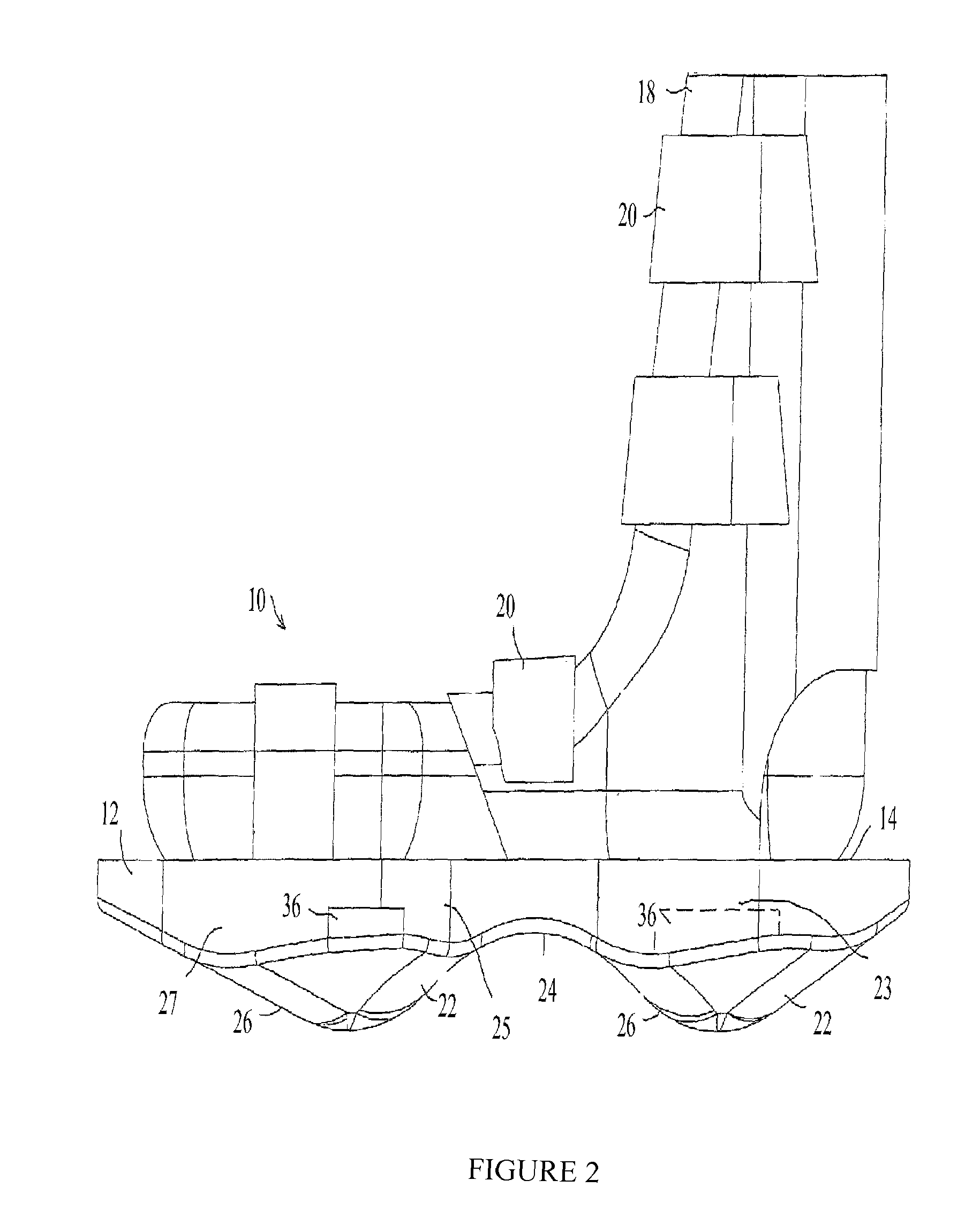Methods for treating spine pathologies
a pathology and spine technology, applied in the field of spinal disorders, can solve the problems of tetraplegia, paralysis, or full body paralysis below the site, and the characteristic pattern of ipsilateral deficits, and achieve the effects of reducing pain, reducing inversion, and reducing eversion
- Summary
- Abstract
- Description
- Claims
- Application Information
AI Technical Summary
Benefits of technology
Problems solved by technology
Method used
Image
Examples
example 1
Treatment of a Subject (Patient) Having a Central Spinal Stenosis
[0140]A 52 years old man was presented to the treatment center with a diagnosis of central spinal stenosis.
[0141]Case History:
[0142]2 years ago the patient was involved in a working accident in which he fell backwards on his back from the scaffolding in a construction site. He was rushed to the hospital complaining of severe low back pain. A computerized tomography scan (CT scan) revealed that the L3-L4 disc was protruded and causing a mild to moderate narrowing of the central spinal canal. The patient refused surgery and was released after being hospitalized for three days for observation. Since then his condition worsened and he started suffering from symptoms referred to both legs. He reported having pain and a sensation of heaviness in both calves during walking (for over 20 minutes) and standing (for over 10 minutes). These symptoms were relieved only if he sat down. He also reported having night cramps in both ca...
example 2
Treatment of a Subject (Patient) Having a Nerve Root Compression and Drop Foot
[0162]A 40 years old woman was presented to the treatment center with a diagnosis of L5-S1 nerve root compression and right drop foot.
[0163]Case History:
[0164]the patient reports that she had bouts of low back pain with radiating symptoms to the right leg for 10 years. 4 months ago she started having severe pain in the lateral aspect of her right calve. The pain started insidiously but was accompanied by hypoesthesia. Within a week she started having difficulty in walking and was referred to the emergency room by her treating physician. She underwent laminectomy, disectomy and fusion of the L5-S1 level. The surgery relieved the pain and hypoesthesia significantly, but the difficulty on walking remained. She currently reports she finds walking on uneven ground difficult due to poor clearance of her right foot. She still suffers from constant pain in the L5 dermatome (VAS 3 / 10). She also has pain in the lumb...
example 3
Treatment of a Subject (Patient) Having a Non-Specific Low Back Pain (NSLBP)
[0188]A 55 years old woman was presented to the treatment center with a diagnosis of Non-Specific Low Back Pain (NSLBP).
[0189]Case History:
[0190]The patient reports that for the past 3 years she has suffered from pain in the lower back and right buttock area. The pain has started after a bout of strenuous activity (cooking and decorating) but she rules out any trauma. Over the time that has elapsed since the pain began she has tried physiotherapy, alternative medicine (Ayurveda) and swimming, none of which significantly relieved her pain. She reports that she is now limited in her daily activities due to pain. She is unable to stand for more than 25 minutes (VAS 5 / 10 in the lower back), getting up after prolonged sitting causes low back pain (VAS 6 / 10 which reduces to 2 / 10 after a minute of walking), as does bending down (VAS 6 / 10). She reports that when the pain in her back worsens she has pain in her right...
PUM
 Login to View More
Login to View More Abstract
Description
Claims
Application Information
 Login to View More
Login to View More - R&D
- Intellectual Property
- Life Sciences
- Materials
- Tech Scout
- Unparalleled Data Quality
- Higher Quality Content
- 60% Fewer Hallucinations
Browse by: Latest US Patents, China's latest patents, Technical Efficacy Thesaurus, Application Domain, Technology Topic, Popular Technical Reports.
© 2025 PatSnap. All rights reserved.Legal|Privacy policy|Modern Slavery Act Transparency Statement|Sitemap|About US| Contact US: help@patsnap.com



